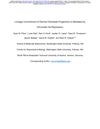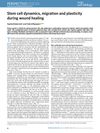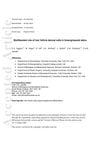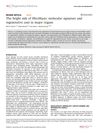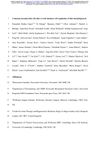Mapping the Establishment of Fibroblast Heterogeneity During Skin Development and Wound Repair
fibroblasts reticular fibroblasts papillary fibroblasts dermal architecture hair follicle formation skin scarring lineage-restricted fibroblast fibroblast heterogeneity single-cell RNA sequencing Wnt transcription factors Lef1 Tcf1 Tcf3 Tcf4 wound healing skin structure hair growth scarring Wnt factors
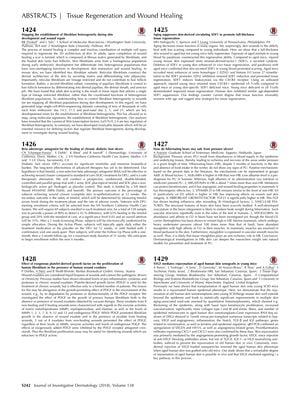
TLDR Skin heals with scars because only one type of fibroblast is used, not a mix.
The document reports on a study that investigated the differentiation of fibroblasts during skin development and wound healing. The researchers identified two distinct subsets of fibroblasts in mouse skin: reticular fibroblasts, which are responsible for constructing the dermal architecture and do not contribute to hair follicle formation, and papillary fibroblasts, which are central to hair follicle formation. They found that adult skin scarring results from the use of a single type of lineage-restricted fibroblast, rather than a coordinated effort of heterogeneous fibroblast populations. To better understand fibroblast heterogeneity, the team mapped fibroblast populations during skin development using large single-cell-RNA-sequencing datasets from key developmental stages. Their analysis revealed that Wnt transcription factors Lef1/Tcf1,3,4 are crucial regulators of fibroblast heterogeneity. These datasets are considered an essential resource for identifying factors that regulate fibroblast heterogeneity, which could be significant for improving wound healing processes.

